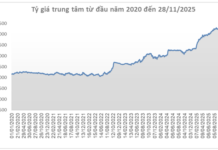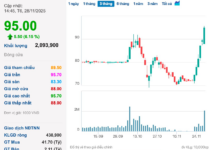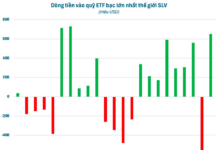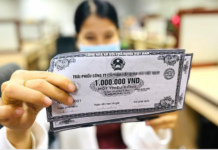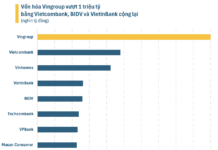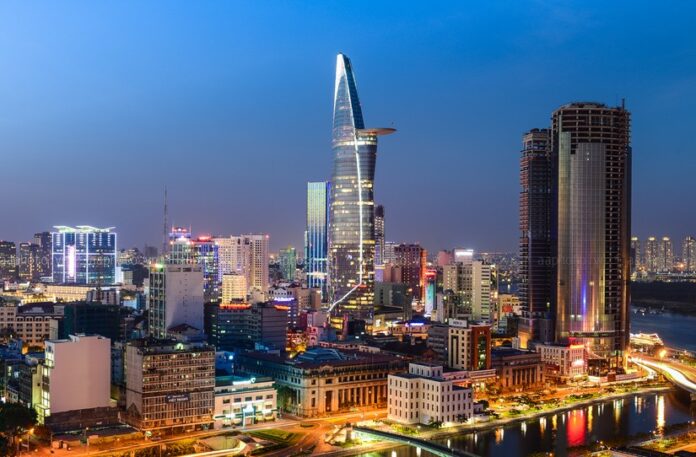Southeast Region: Vietnam’s Dynamic Economic Powerhouse
The Southeast Region, comprising 6 provinces and cities, including Ho Chi Minh City, Dong Nai, Binh Duong, Ba Ria-Vung Tau, Binh Phuoc, and Tay Ninh, covers an area of over 23,560 km2 and is home to more than 18.7 million people as of 2021.
Despite occupying just over 9% of the country’s land area, the Southeast Region contributes approximately one-third of Vietnam’s GDP and over 44% of the state budget revenue. With a total state budget revenue of VND 452,000 billion in the first 7 months of 2024, the region ranks second only to the Red River Delta region. Export value reached over USD 59.2 billion, accounting for 31% of the country’s exports, second only to the Red River Delta region (nearly 35%).
The Southeast Region also leads the nation in the number of newly established and reactivated businesses, with 58,246 enterprises, an increase of 9.8%. As of July 20, 2024, the region continues to top the country in both the number of projects and the total foreign direct investment, with 20,000 projects and USD 187.4 billion in investment, respectively. Ho Chi Minh City alone accounts for nearly 32% of the projects and almost 12% of the registered capital.

Despite its impressive achievements, the Southeast Region still faces challenges and difficulties. Firstly, the region’s economic growth for the first 6 months stood at 5.58%, lower than the national average, and only higher than the Central Highlands region (3.86%). The growth model is slow to transform, and the region’s growth momentum is slowing down.
The economic growth of the region is not truly sustainable due to a lack of resilience and timely solutions to external negative factors.
While industry is one of the three important pillars of the region, its development lacks sustainability, with low added value, uneven distribution, and heavy reliance on foreign-invested enterprises.
Environmental pollution and flooding, especially in Ho Chi Minh City, remain pressing issues that are slow to improve. The business and investment environment, as well as competitiveness, are also limited, and regional linkage needs to be strengthened.
Three Key Expressways to be Constructed
At the 4th Conference of the Southeast Region Coordination Council on August 10, Prime Minister Pham Minh Chinh instructed Ho Chi Minh City, Binh Duong, Tay Ninh, and Binh Phuoc to expedite the completion of procedures for the Ho Chi Minh City-Moc Bai, Chon Thanh-Gia Nghia, and Ho Chi Minh City-Thu Dau Mot-Chon Thanh expressways, aiming to commence construction on the projects by April 30, 2025.
The Ho Chi Minh City-Moc Bai Expressway will pass through Cu Chi District in Ho Chi Minh City and the districts of Trang Bang, Go Dau, and Ben Cau in Tay Ninh Province. The starting point will connect with the Ring Road 3 in Cu Chi District, and the endpoint will link to National Highway 22, about 5km from the Moc Bai border gate. The project has a total length of nearly 51km, with a 24.660km section in Ho Chi Minh City and a 26.317km section in Tay Ninh Province.
Phase 1 of the project will involve the construction of a 4-lane expressway with a roadbed width of 25.5m. Land acquisition and site clearance will be carried out once for a 6-lane expressway across the entire route.

The total investment for Phase 1 is VND 19,617 billion. This includes construction and equipment costs of VND 9,273 billion, project management, consulting, and other costs of VND 695 billion, site clearance, compensation, support, resettlement, and technical infrastructure relocation costs of VND 6,774 billion, construction volume and price fluctuation contingency costs and interest during construction of VND 1,594 billion, and VND 1,281 billion in loan interest.
The project’s funding sources include VND 9,674 billion in state capital and VND 9,943 billion in BOT investment.
The Chon Thanh-Gia Nghia Expressway will be 128.8km long with 4 lanes and a designed speed of 100-120km/h. The project is expected to commence in 2024 and be completed by 2026, with operations beginning in 2027.
The project is divided into 5 component projects, including a separate project for site clearance. The preliminary total investment for the project is over VND 25,500 billion. This includes over VND 10,500 billion in central government funding and over VND 2,200 billion in local government funding, with Binh Phuoc contributing over VND 1,200 billion and Dak Nong contributing VND 1,000 billion. The investor’s capital is over VND 12,700 billion.

Perspective of the Gia Nghia-Chon Thanh Expressway with a length of 128.8 km and a complete 4-lane road – Photo: Dak Nong Provincial People’s Committee Portal
The Ho Chi Minh City-Thu Dau Mot-Chon Thanh Expressway is the north-south expressway axis of Binh Duong and Binh Phuoc provinces, intersecting with Ho Chi Minh City’s Ring Road 4, Ring Road 3, and leading to Ring Road 2. It continues the route of the Gia Nghia (Dak Nong)-Chon Thanh (Binh Phuoc) Expressway.
The total length of the route is about 52.159 km, designed as an expressway with a speed of 100 km/h. It will pass through the districts of Thuan An, Tan Uyen, Bac Tan Uyen, Phu Giao, and Bau Bang in Binh Duong Province.
The total investment is expected to exceed VND 17,408 billion (including loan interest). Of this, over VND 8,878 billion will be mobilized from investors, accounting for 51% of the total investment, and the remaining VND 8,530 billion will be state capital.






